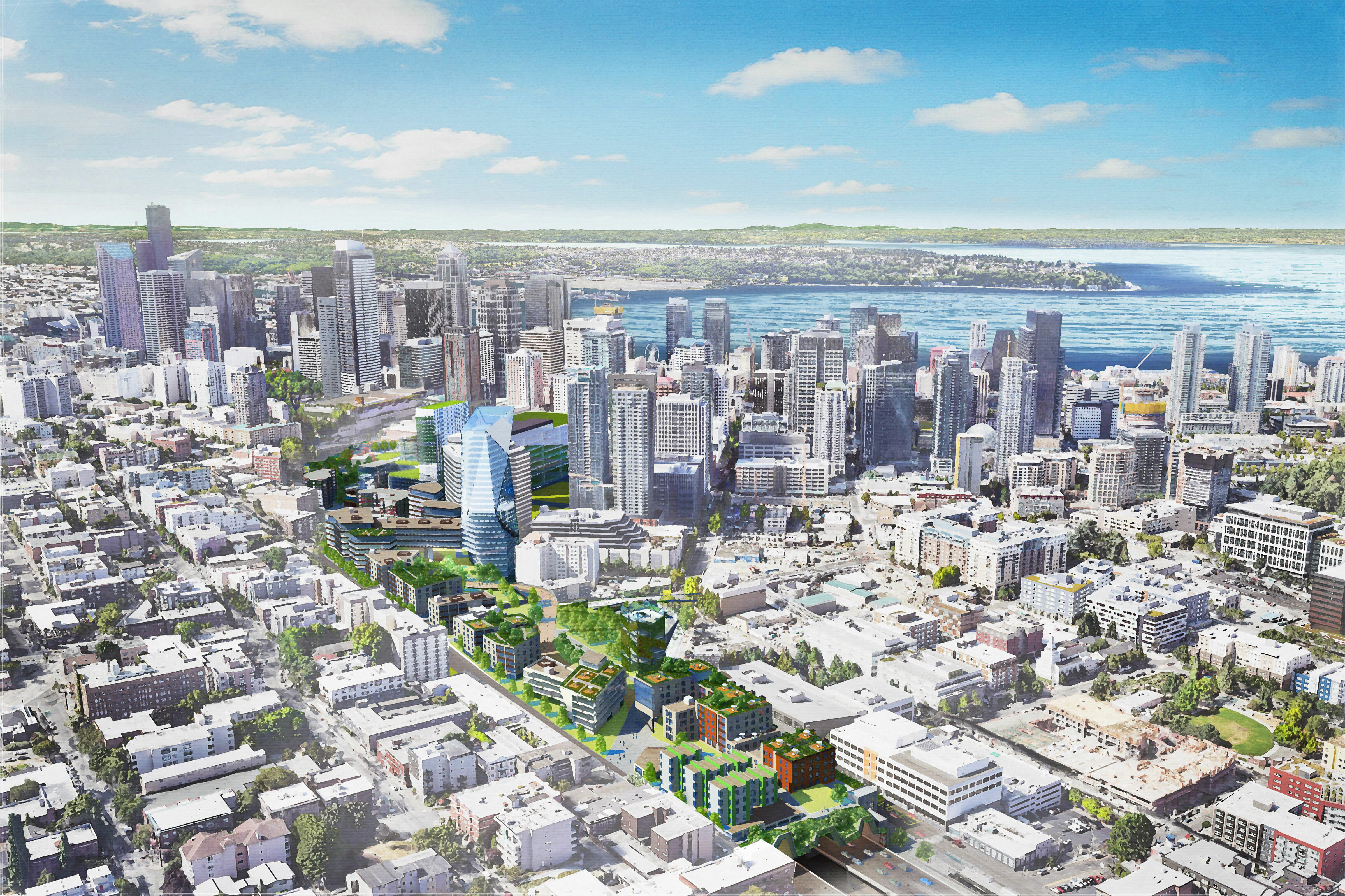Bike Sharing Is Bike Infrastructure
One of the most compelling arguments against the Seattle Department of Transportation's request for $1.4 million in city money to buy out Pronto, the belly up bike share nonprofit, has been this: Bike share failed here because there’s no bike infrastructure. As city council member Lisa Herbold has proposed, we should spend the money on bike infrastructure—protected bike lanes, street calming, safe routes to schools— instead. Or at least, first.
The short (perhaps pithy) answer to that argument is this: Bike share is bike infrastructure.
And that's why despite some legit misgivings about SDOT's sloppy request (they've already had to spend city money keeping the system afloat), SDOT's plan to buy out the nonprofit and spend another $5 million in city money to help a new company revive and expand the operation is a good idea. (Pronto was actually nearly breaking even; the problem was that without the kind of initial capital investment it needed, Pronto was hamstrung and couldn't expand.)
If biking is going to be a legitimate part of the city’s transportation network, the city needs a comprehensive strategy that includes bikes. Just as simply discouraging driving doesn’t actually nudge commuters to use public transit unless you also give them more transit options, building bike infrastructure doesn’t make biking part of the city’s network unless you also make bikes themselves part of the equation.
After this week's Pronto hearing, I asked SDOT director Scott Kubly to respond to a statement made during public comment that funding bike sharing now was putting the cart before the horse. He said infrastructure and bike share worked in tandem because offering the city a bike service would “help fill up those bike lanes.”
More concretely, he also disputed the premise—that we’re not spending money on bike infrastructure. He’s kinda right. The city spent $9 million last year on the Bike Master Plan. And they're spending $20 million this year. And they're planning to spend $64 million over the next five years.
Seattle Bike Blog writer Tom Fucoloro said: “The city’s goal with its bike-related investments is to increase the number of trips people safely make by bike. Infrastructure is one major way to do that. Public bikes are another.”
And I’d add, ignoring those investments (the city has also spent $16 million between 2011 and 2014) by dismissing bike sharing, would be like refusing to send your kid to elementary school, middle school, and high school (even though you’re saving for college) because you don’t have the tuition ready for college now. Building a bike system is iterative, and we shouldn’t obstruct the process by cutting off our nose to spite our face as we proceed. Seattle has built nearly 10 miles of bike lanes already and has five more miles queued up this year.
It’s also worth noting that Pronto had 3,000 members and the system generated 144,000 rides in just a little over a year. SDOT cites that number as well when pressed with the “infrastructure” critique. SDOT spokesman Rick Sheridan told me: “The 140,000 annual trips already taken via Pronto demonstrate bike share riders’ high confidence in Seattle’s existing bike infrastructure.”
The other thing that would build confidence in Seattle’s bike infrastructure is bikes. Think about it: Metro doesn’t nod to Aurora, I-5, and 3rd Avenue and call it quits. They also provide buses.




